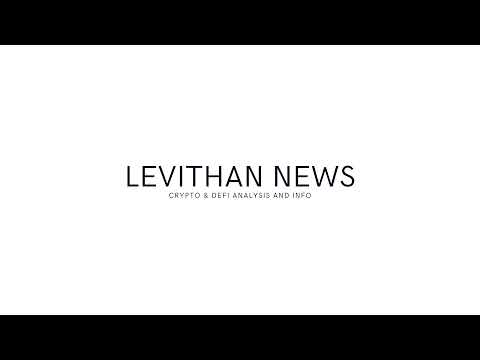Podcast Summary
In this episode, Heel Routier from Florence Finance discusses the creation of a tokenized version of a private lending debt fund, offering a Euro-denominated asset with positive yield. The conversation explores the role of stablecoins in driving crypto adoption, the challenges of offering financial products in different regulatory environments, and the potential of tokenizing private debt funds. The podcast also delves into the complexities of integrating traditional finance with decentralized finance and the future of the industry.
Key Takeaways
Creation of Florence Finance
- Addressing a Market Need: Florence Finance was created to provide a safe haven asset in crypto for individuals seeking less risky yield-generating environments during certain market cycles. It offers a Euro-denominated asset with positive yield, a unique offering at the time due to the prevalence of negative-yielding government debt.
- Not Competing with Stablecoins: Florence Finance is not trying to compete with stablecoins but rather to provide a Euro-denominated yield-generating asset for Europeans who want to avoid currency risk associated with dollar-denominated assets.
Regulatory Environment and Challenges
- Regulatory Sandbox in Europe: In Europe, there is a regulatory “sandbox” that allows financial operations as long as investments are over €100,000, which classifies investors as sophisticated, thus avoiding certain prospectus obligations.
- Limitations Imposed by MiCA: The Markets in Crypto-Assets (MiCA) regulation in Europe requires stablecoin reserves to be held at the central bank, potentially at non-profitable rates. This contrasts with the investment freedom of U.S. stablecoin issuers, who can decide their own treasury investments.
Tokenizing Private Debt Funds
- Creating Liquidity: Tokenization allows wealthy individuals to invest in private debt funds and have the option to liquidate their investments through a secondary market if needed, rather than being locked in until the debt matures.
- Regulatory Arbitrage: The system of direct fiat swaps in Florence circumvents the need for a banking license, allowing access to debt markets that were previously unavailable.
Challenges and Potential of Driving Adoption
- Reaching Critical Mass: The guest acknowledges the importance of reaching a critical mass of 50 to 100 participants to ensure the project is credible and self-sustainable.
- Improving User Experience: The discussion highlights the need for improvements in account abstraction and user experience (UX) to make blockchain accessible to the average person.
Future of the Industry
- Centralized Exchanges as a Bridge: Centralized exchanges could serve as a bridge for crypto exposure, allowing users to earn yield on stablecoins, especially in light of the broken yield generation model previously dependent on firms like Genesis.
- Aggregation Platforms: The conversation also covers the potential for aggregation platforms to streamline the lending activity in the crypto space, with protocols like Maple possibly moving in that direction.
Sentiment Analysis
- Bullish: The guest expresses optimism about the potential of tokenizing private debt funds to create liquidity in the secondary market, which is not typically available in traditional private debt investments. He also sees potential in centralized exchanges serving as a bridge for crypto exposure, allowing users to earn yield on stablecoins.
- Bearish: There are concerns about the regulatory environment, particularly in Europe, where the Markets in Crypto-Assets (MiCA) regulation imposes limitations on stablecoins. The guest also acknowledges the challenges of integrating traditional finance with decentralized finance, including the extensive KYC processes required for funding loans and the difficulty of establishing banking rails.
- Neutral: The guest acknowledges the current state of the project as an experiment, emphasizing the goal of making it legitimate enough to attract mainstream users to on-chain activities. He also admits that getting regular users to engage with blockchain technology is a stretch goal due to the complexity and cost of on-chain transactions.












